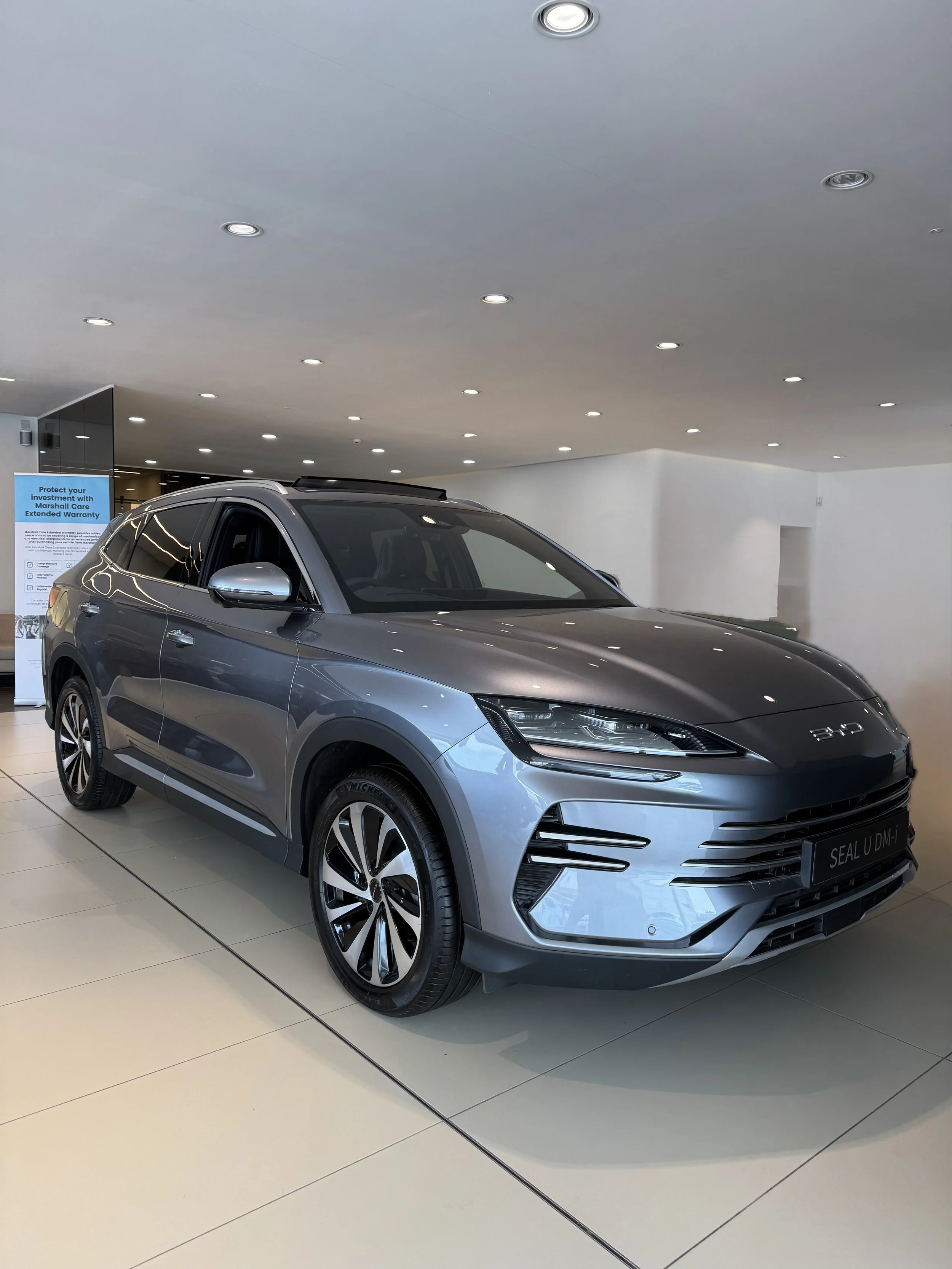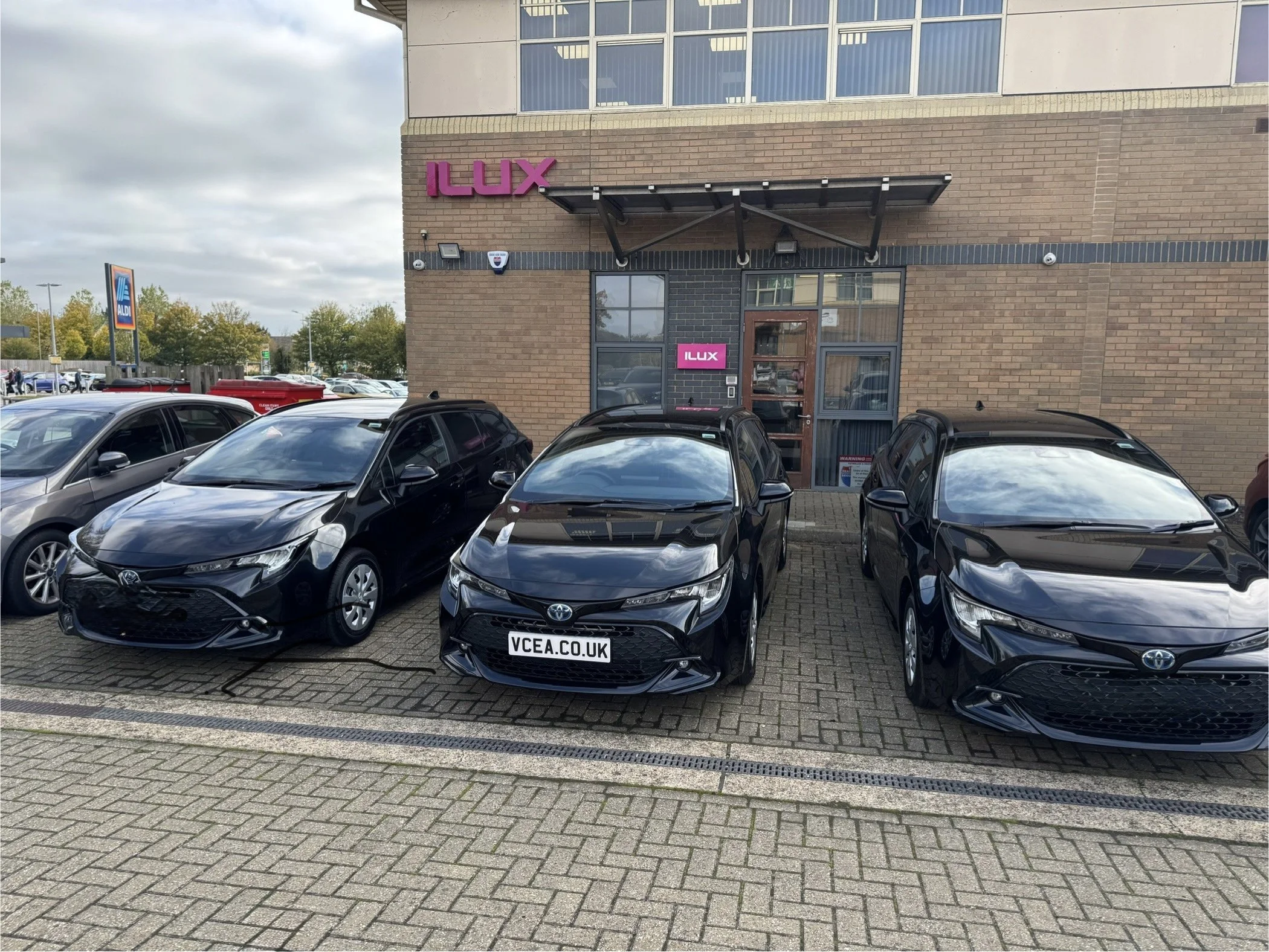Why choose Hybrid or Plugin Hybrid?
Lets start with what’s the difference…
Hybrid cars
A hybrid car combines a petrol (or diesel) engine with a small electric motor. The battery is charged automatically by the engine and through braking you don’t need to plug it in. The electric motor helps the engine use less fuel, especially in slow or stop-start driving.
Plug-in hybrid cars (PHEVs)
A plug-in hybrid works in the same way but has a much larger battery. You can charge it using a plug or charging point, allowing it to drive short distances (ton pure electric power before the petrol engine takes over.
In short:
Hybrid: charges itself, uses electricity to assist the engine.
Plug-in hybrid: charge it yourself, or use the car’s generated electric for short trips.
Plug-in Hybrid Cars (PHEVs)
Pros:
Can drive 20–40 miles (sometimes more) on pure electric power, ideal for short trips.
Significantly lower emissions if charged regularly.
Smooth, quiet driving experience in electric mode.
Offers flexibility: electric for short journeys, petrol for long trips.
Cons:
More expensive to buy than standard hybrids.
Needs regular charging to get the best fuel savings and environmental benefits.
Heavier due to larger battery, which can affect fuel economy if driven mainly on petrol.
Which should I pick?
Hybrid Cars
Pros:
No need to plug in, the battery charges automatically while you drive.
Generally cheaper to buy than plug-in hybrids.
Great for city driving and short commutes with lots of stop-start traffic.
Better fuel economy than a petrol-only car.
Cons:
Limited distance on electric power alone.
Less fuel-efficient on long motorway journeys compared to plug-in hybrids.
Smaller battery means less potential for zero-emission driving.



